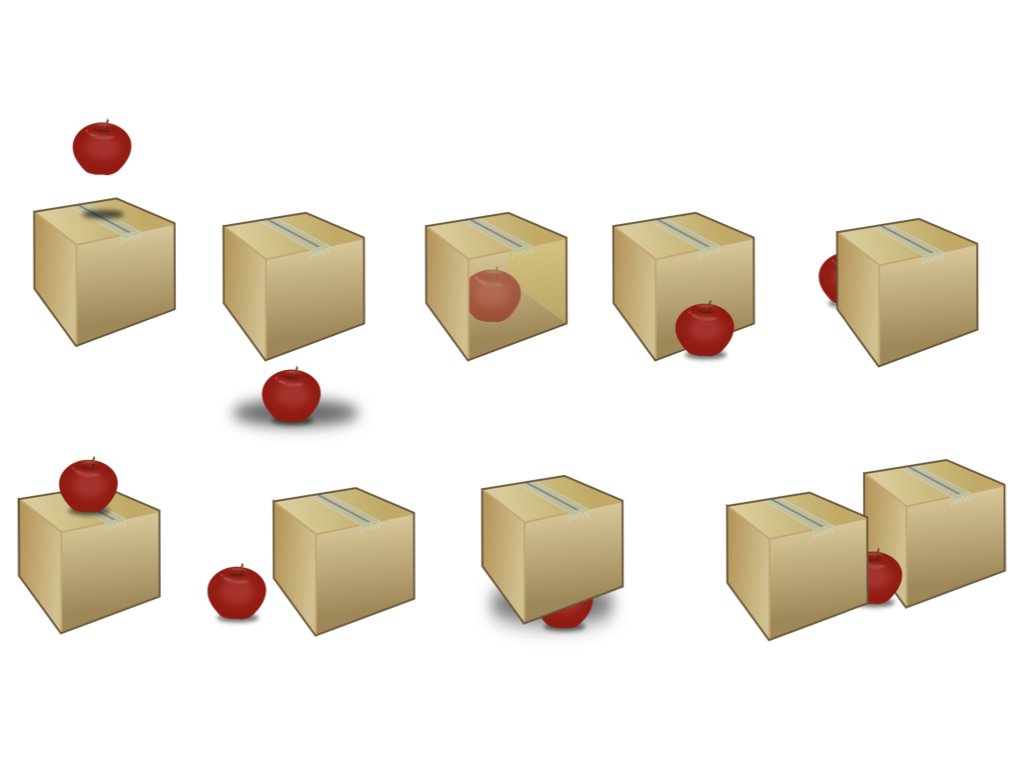Prepositions are words that tell us how one thing in space relates to another. They can be used to explain spatial relations in the physical realm as demonstrated in these three examples:
- The mime is in Sweden.
- The book is on the Volkswagen.
- The pig is under the blanket.
Prepositions can also explain spatial relations in the abstract realm as seen in these examples.
- The mime shouted in anger.
- Günter has a book on taxidermy.
- The pig ate under stressful conditions.
Paul uses a preposition in the Book of Ephesians to explain an abstract spatial relation (source). He concludes his letter with the words: “Grace be with all who love our Lord Jesus Christ with love incorruptible” (Eph. 6:24). The word translated with is a Greek preposition often translated as in. Paul uses it here to describe the manner in which Christians should love the Lord. Our love for Jesus ought to be incorruptible, or undying (155).
Our school study Behold Your God discusses this particular verse in a chapter called “The Preciousness of Christ.” The Lord calls His followers to serve Him with a motive of sincere love. Students using this 35-week study will learn why Christ is worth loving. They’ll study the entire Godhead under six units covering the knowledge of God, His nature and attributes, the history and person of Christ, and the Holy Spirit. What I like about this particular chapter is how it teaches us to know God by knowing Christ. Treasuring Christ is treasuring God. Treasure Christ because you love Him for the sake of His perfect person and work.






